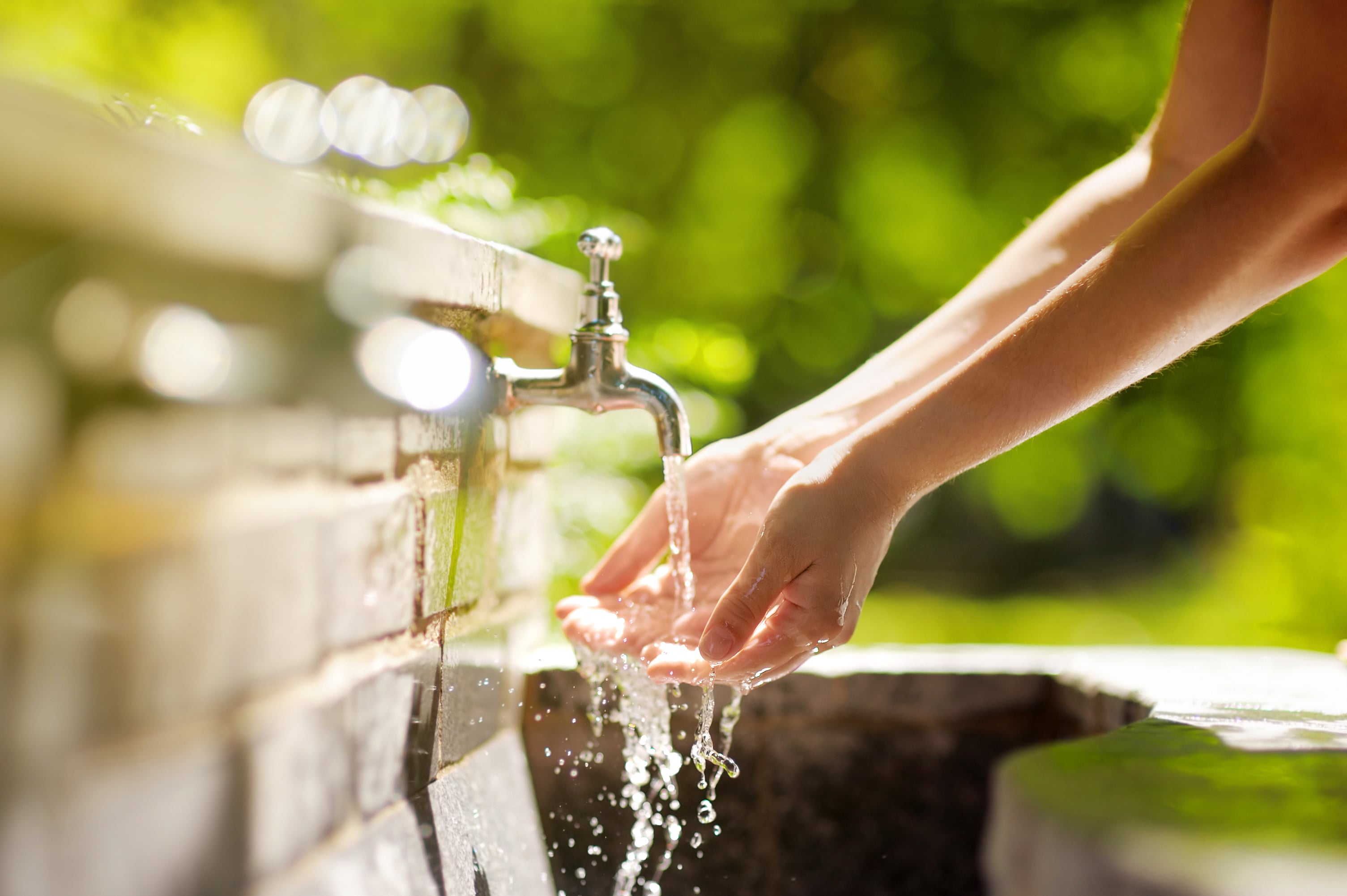5 Plumbing tips for a Stress-free Spring

Winter season is harsh on the plumbing system of your house. Spring is time to look for those hidden plumbing issues that arose in the winter season or those you ignored due to weather challenges. Here’s a list of the most essential plumbing maintenance tips to make your spring and summer season hassle-free.
1. Clear Outdoor Drains, Gutters, and Downspouts: Everything from dried leaves to sticks, twigs, and other debris collects on your roof and in your outdoor space during the winter. Now that the weather has warmed up, you can clean out the debris from your outdoor drains, gutters, and downspouts. Many plumbing issues can be avoided by allowing water to freely flow down the drains.
2. Inspect Faucets: Checking all your faucets for leaks is a good idea after winter but make a special point of checking your outdoor faucets. If you notice a leak after turning on your garden hose, or if your outdoor faucet drips instead of flowing normally, you may have a cracked pipe.
3. Drain the Water Heater: Sediment can build up in your water heater over time. This can lead to corrosion, which can lower your heater's efficiency and shorten its expected service life. To avoid this, carefully drain a few gallons of water from the heater to remove the sediment. Check the temperature setting on the water heater while you're at it. 120 degrees F is a good temperature to set it for a hot shower, hand washing, dishwashing, and laundry without scalding. This will also help you save money on your utility bills!
4. Look for Hidden Toilet Leaks: Toilet leaks that go unnoticed can cause your water bill to skyrocket. Use this trick to see if your toilet is secretly leaking put a few drops of food dye in the water tank. Then wait for it to show up in the toilet bowl. You have a leak on your hands if the dye appears within 30 minutes or so. Sometimes it's just a matter of replacing a broken or worn seal, and other times you'll require to call a plumber.
5. Check Water Supply Valves: Water supply valves are located on your toilets and at each sink to control the flow of water. When you need to repair one of these items, these come in handy because you can turn off the water to the sink or toilet without turning off the water to the entire house. These valves, however, must be turned every now and then to keep them from becoming too stiff to use. So, they don't get stuck, turn them a few turns toward the "off" position and then back on.

